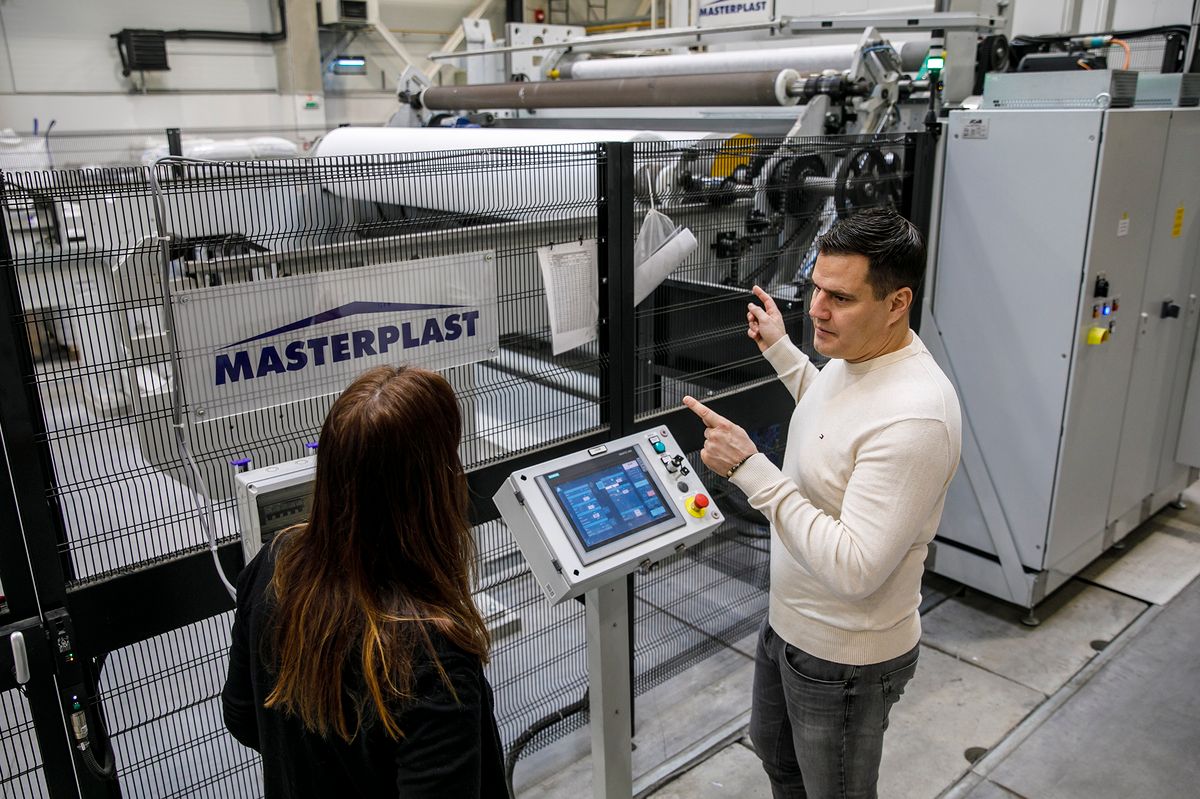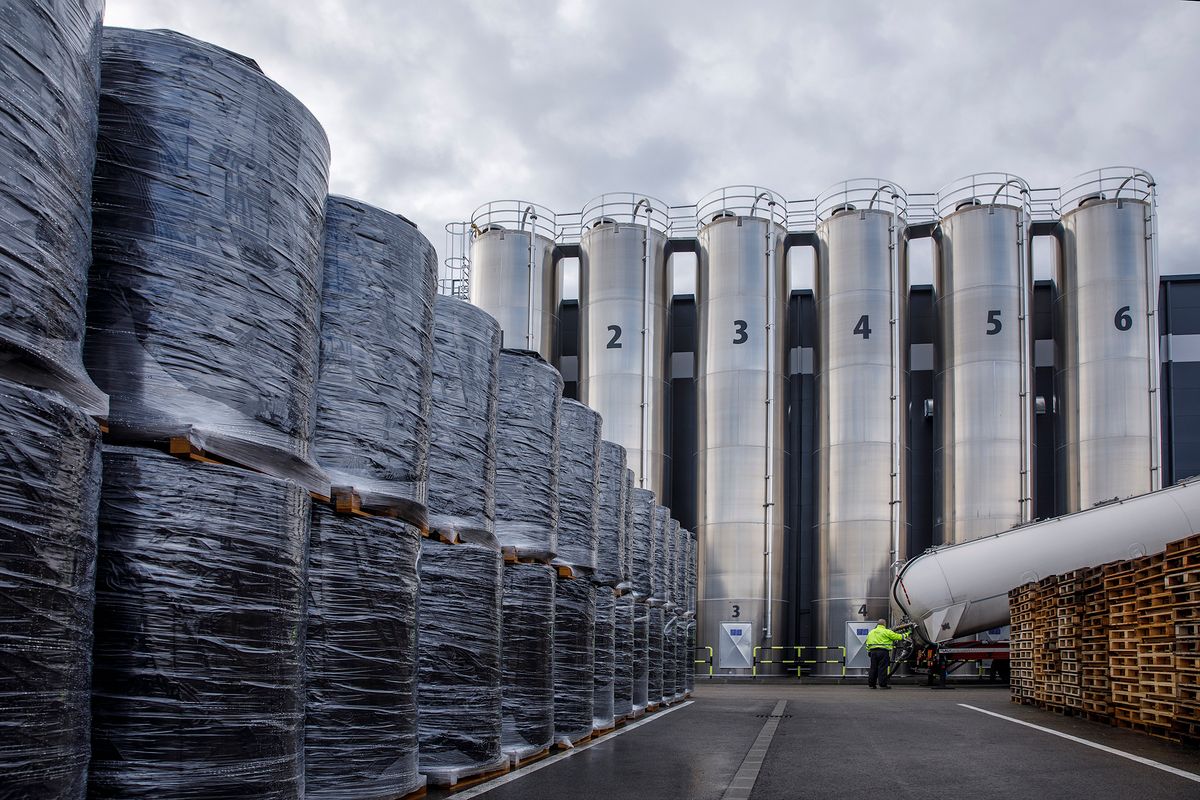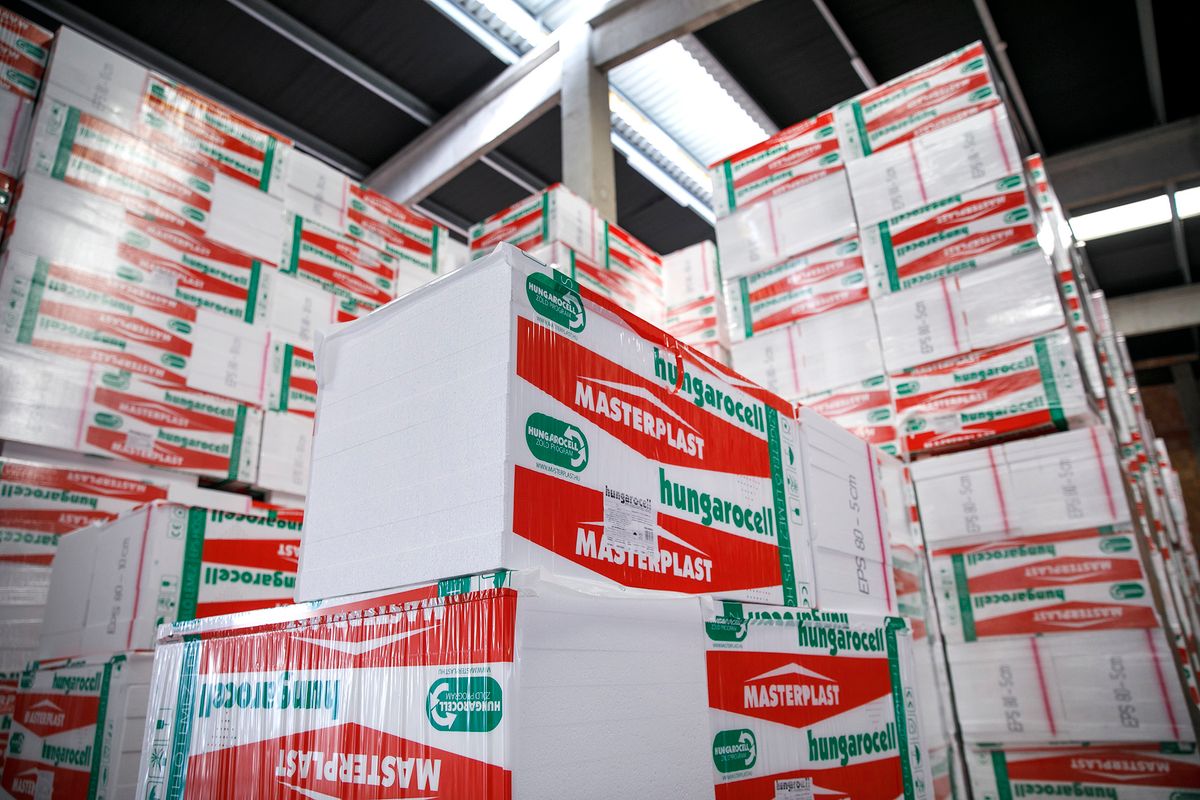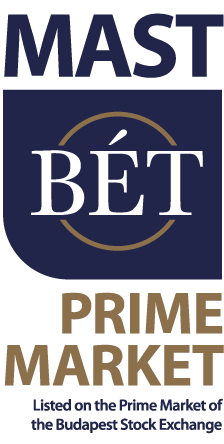Yet, we have to say goodbye to the previously observed prices, as in the last two years, building materials have become 50% more expensive on average. This price increase, which exceeds the average in the EU, has also been triggered by the strong dependency on import, Világgazdaság journalist Tünde Sándor says.
The public is holding their breath to receive some news on a new subsidy program supporting building energy modernisation, which many believe the government will handle separately from the public housing program aiming to help families. Many families with children have already started general or energy-saving renovations in the last two years.

There are 600-800 thousand homes nationwide that waste energy, hence need renovation, and the construction industry is able to modernise 250 thousand flats annually; therefore, with adequate financial support, all these homes could be renovated, says Dávid Tibor, Masterplast Nyrt. president and chair of the Domestic Building Material Manufacturers Section at The National Federation of Hungarian Building Contractors (ÉVOSZ).
According to a program prepared last summer, insulation works, namely the construction of a thermal cover around an average-sized so-called “Kádár-kocka” home, cost around 5 million HUF last year and 6 million HUF net this year.
The public clearly shows interest in energy-saving modernisations to decrease household bills, but without a subsidy, they are unlikely to place a high number of orders.
This year might be a watershed for the construction industry and the building material manufacturers because, without the announcement of a subsidy by the end of March, it could bring a setback. Several significant submarkets have slowed down, and home builders are also more cautious, as fewer than 10,000 new flats are to be built this year, which is half the number last year.
The market of state investments is expected to be thin this year and next, and the market of company investments will be split into two. As regards national economic investments, there is no setback now or expected. Still, there is a decreasing number of domestic or EU-financed orders placed by small and medium-sized enterprises, and these companies do not take out loans for modernisation.
Building material manufacturers can witness a significant setback in tourism regarding hotel and catering-related investments, as the ÉVOSZ section chair indicated.
Developers and customers have also become more cautious and modest. There was a turning point in the second half of last year; therefore, retail customers would also need a competitive green loan with a 5% interest at most, which could boost the sector again.

Even without taking into account the nominal and price increase impacts, last year broke records in the construction market, as different products have become 50% more expensive on average in the last two years.
Apart from a slight price correction, the ÉVOSZ-section does not expect a significant price increase in metal and plastic-based building materials this year. As regards wooden and steel products, there has been a price boom in the last two years, but because cement is a raw material for many products, the current drastic increase in its price causes issues. Dávid Tibor highlighted that no solution has been found yet to end the distorted situation currently seen in the cement market; the domestic plants can produce less cement due to the price caps and extra taxes, and importing is expensive and pushes upward the prices of tiles, concrete roofing tiles, even facade glues.
Managing this situation would also be essential for the security of supply, as the unfolding shortage of cement might suspend several ongoing constructions as well as building material production.
According to Dávid Tibor, 10% of Hungary’s building material manufacturers is owned domestically, and to reach a 20-25% ratio, a thousand billion HUF investment program would be necessary with 30-40% state support. The chair of the professional section mentions that Masterplast has launched two major projects, expanding both its market share and range of products.

In Szerencs, the construction of a glass wool factory has commenced, which with a capacity to cover the demand in Hungary, will be the first plant with domestic interest in this industry since the closure of the Salgótarján plant. It could come into operation by the end of 2024, together with the rock wool factory planned in cooperation with Market.
This year, Masterplast will launch two new EPS plants in addition to the already operating three and open its first XPS factory. One of the EPS plants is to open in Kál, and the rest will be located abroad.
It would also be essential to open another plasterboard factory, together with some new investments necessary for producing other building materials, said Dávid Tibor, who thinks the business logic is built on prioritising the supply for the domestic market, and it helps control inflation and prices. For example, domestically owned plastic doors and windows production faced a lower-than-average price increase last year and the year before. The trend was similar in other European countries where the domestically owned building material manufacturers have a great market share, pointed out the ÉVOSZ-section chair.

Masterplast Nyrt.
Founded in 1997, the Masterplast group is one of the leading building material producer and distributor companies in the Central Eastern European region. The company group owns subsidiaries in 10 countries, and sells products in a further 30 countries. The company is registered in the premium category on the Budapest Stock Exchange, and had revenue of 145,2 million euros in 2023.

